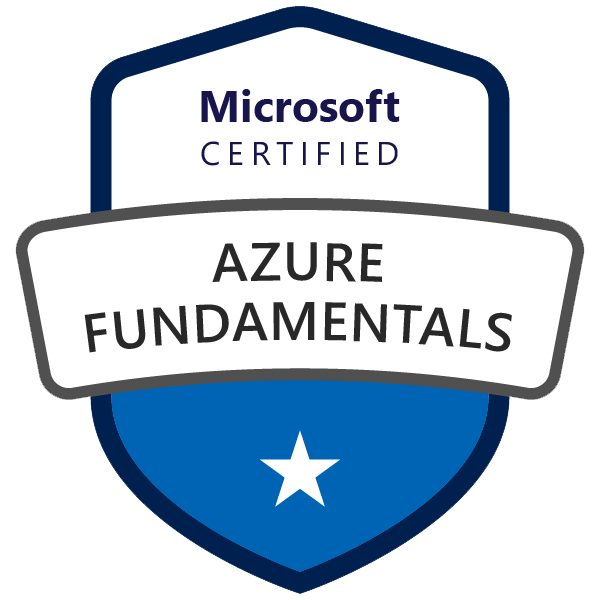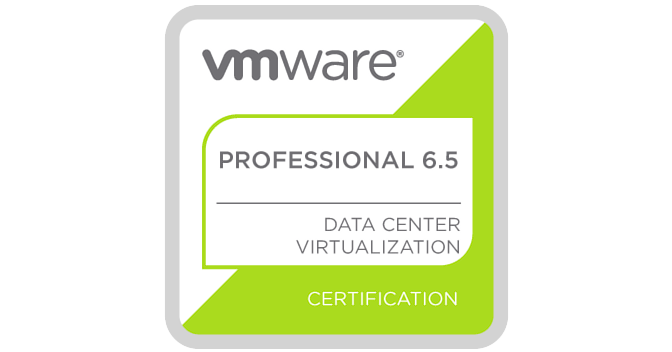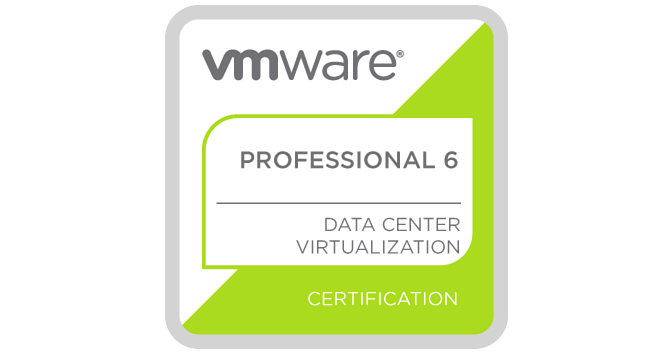Branch protection is a fundamental practice in version control systems like Git, and it's crucial for maintaining the integrity and quality of codebases in collaborative environments. Azure DevOps, a leading DevOps platform, provides robust tools and policies to safeguard branches, ensuring that only high-quality, thoroughly reviewed code makes its way into key branches like main or release. In this comprehensive guide, we will explore various scenarios for protecting branches in Azure DevOps, detailing the policies you can apply, and the steps needed to configure these protections effectively.
Why Protect Branches?
Before diving into the specifics of how to protect branches in Azure DevOps, it's important to understand why branch protection is necessary:
-
Prevent Unauthorized Changes: By protecting branches, you ensure that only authorized users can make changes, helping to prevent unauthorized or accidental commits.
-
Ensure Code Quality: Branch policies can enforce quality standards by requiring code reviews, successful builds, and passing tests before any changes are merged.
-
Maintain Code Consistency: Protection policies help maintain the consistency and stability of critical branches, such as
mainorrelease, ensuring that the latest version of the codebase is always in a deployable state. -
Facilitate Collaboration: Well-protected branches streamline the collaboration process by setting clear guidelines on how and when changes can be merged.
Types of Branch Protection Policies in Azure DevOps
Azure DevOps provides a variety of branch protection policies that you can use to enforce best practices and quality controls. These policies can be configured at different levels, such as repository or branch level, and can be applied to individual branches or to patterns of branches.
1. Require a Minimum Number of Reviewers
This policy ensures that any pull request (PR) into a protected branch is reviewed by a specified number of reviewers before it can be merged. This is a common policy used to enforce code quality and accountability among team members.
- Scenario: You have a
mainbranch that requires all changes to be reviewed by at least two senior developers before merging. - Configuration: Navigate to the
Branch policiesof themainbranch, add a policy, and set the minimum number of reviewers to2.
2. Require a Successful Build
Requiring a successful build policy ensures that the code passes all automated builds and tests before it can be merged. This policy is vital for maintaining a stable and reliable codebase.
- Scenario: For your
developmentbranch, you want to ensure that every change has been tested in a continuous integration (CI) pipeline. - Configuration: In the branch policies, add a build validation policy and select the appropriate build pipeline that should run against the PR.
3. Check for Linked Work Items
This policy ensures that all changes are associated with a work item, such as a user story or a bug. This helps maintain traceability and ensures that all code changes are linked to planned work.
- Scenario: In a project following Agile practices, every change must be linked to a user story to ensure traceability and accountability.
- Configuration: In the
Branch policiessection, enable the policy to require linked work items for all pull requests.
4. Check for Comment Resolution
This policy ensures that all comments made during a PR review are resolved before the PR can be completed. This is useful for teams that prioritize thorough code reviews.
- Scenario: You want to ensure that all feedback during code reviews is addressed before merging to the
releasebranch. - Configuration: In the
Branch policies, enable the option to check for comment resolution.
5. Require Status Checks to Pass Before Merging
This policy requires specific status checks to pass before a PR can be merged. These checks can be from external services integrated with Azure DevOps, such as security scans or performance benchmarks.
- Scenario: Before merging to
main, you want to ensure that all security scans and performance checks pass. - Configuration: Set up the necessary status checks as part of your CI pipeline and configure the branch policy to require these checks before merging.
6. Enforce Squash Merging
Squash merging combines all commits from a branch into a single commit before merging into the target branch. This is useful for keeping a clean and concise commit history.
- Scenario: For feature branches merging into
main, you want a clean history without multiple intermediate commits. - Configuration: In the
Branch policies, enforce squash merging for all PRs.
7. Automatic Reviewer Assignment
Automatically adding specific reviewers to PRs based on certain criteria, such as code ownership or expertise, ensures that the right people review the changes.
- Scenario: For changes in the
authenticationmodule, you want the security team to be automatically added as reviewers. - Configuration: Set up a branch policy with required reviewers based on paths or filenames.
Step-by-Step Guide to Protecting Branches in Azure DevOps
Now that we have an overview of the types of branch protection policies available, let's walk through the steps to configure these policies in Azure DevOps.
Step 1: Navigate to Your Repository Settings
- Open Azure DevOps: Log into your Azure DevOps account and navigate to the project that contains your repository.
- Select Repos: From the left-hand menu, select Repos to access your repositories.
- Branches: Click on Branches to view the list of branches in your repository.
Step 2: Open Branch Policies
- Locate Your Branch: Find the branch you want to protect in the list.
- Access Policies: Click on the three dots (
...) next to the branch name and select Branch policies from the dropdown menu.
Step 3: Add and Configure Branch Policies
- Add a Policy: Click on Add a branch policy and choose the type of policy you want to configure (e.g., minimum number of reviewers, build validation).
- Set Conditions: Configure the conditions for the policy, such as the number of required reviewers or the specific build pipeline to run.
- Save Changes: Once you have configured the policies, click Save changes.
Step 4: Test Your Configuration
- Create a Pull Request: Create a pull request into the protected branch to test if the policies are applied correctly.
- Review Policy Enforcement: Azure DevOps will enforce the configured policies. Ensure that all conditions are met before the PR can be completed.
Advanced Scenarios and Considerations
Protecting branches in Azure DevOps can get complex depending on your team's workflows and requirements. Here are some advanced scenarios and tips to consider:
Scenario 1: Protecting Feature Branches
You might want to protect feature branches to ensure that only high-quality code is merged into them. This is especially useful in a trunk-based development model where feature branches are frequently integrated back into the main branch.
- Policy Configuration: Apply the same set of policies to feature branches as you would to the main branch. Use branch patterns like
refs/heads/feature/*to automatically apply policies to all feature branches.
Scenario 2: Enforcing Policies for Hotfix Branches
Hotfix branches often need to be merged quickly to address critical issues. However, you still want to ensure code quality through minimal checks.
- Policy Configuration: Configure lighter policies, such as requiring a single reviewer and basic build validation, for hotfix branches (
refs/heads/hotfix/*). This ensures speed without compromising quality.
Scenario 3: Using Wildcard Patterns for Policy Application
Using wildcard patterns allows you to apply branch policies dynamically to a group of branches. This is useful for large teams with multiple branches following a common naming convention.
- Example: To apply a policy to all branches starting with
release/, use the patternrefs/heads/release/*. This automatically includes any branch likerelease/1.0orrelease/2.0.
Scenario 4: Protecting Long-lived Branches
Long-lived branches like main, develop, or release are critical and often represent stable code. Protecting these branches with stringent policies is crucial to maintain their integrity.
- Policy Configuration: Set strict policies such as multiple required reviewers, successful builds, linked work items, and passing status checks for long-lived branches.
Scenario 5: Managing Conflicting Policies
Sometimes, branch policies may conflict, especially when they apply to overlapping branch patterns. Azure DevOps applies the most restrictive policy in such cases.
- Check for Conflicts: Review all branch policies regularly and ensure that they do not overlap or conflict with each other. Use Azure DevOps CLI or REST API to list policies and identify potential conflicts.
Scenario 6: Handling Exceptions
In some cases, you may need to bypass branch policies for emergency fixes or special scenarios. Azure DevOps allows you to override policies, but this should be done sparingly and with proper authorization.
- Policy Override: Grant policy override permissions only to senior team members or leads who understand the implications of bypassing policies. Document every instance of an override for future reference.
Best Practices for Branch Protection in Azure DevOps
-
Start with Strict Policies: It's better to start with strict policies and relax them as needed rather than starting with loose policies and trying to tighten them later.
-
Regularly Review Policies: As your project evolves, regularly review branch policies to ensure they still align with your team's workflow and quality standards.
-
Educate Your Team: Make sure all team members understand the importance of branch protection and the policies in place. This helps in gaining buy-in and adherence to the rules.
-
Automate Where Possible: Use automation to enforce policies, such as linking work items automatically or running builds through CI pipelines. This reduces the burden on developers and minimizes errors.
-
Monitor Policy Effectiveness: Use Azure DevOps metrics and reports to monitor the effectiveness of your branch protection policies. Adjust as necessary to ensure they are providing the desired level of protection without hindering productivity.
Conclusion
Branch protection is a critical component of a robust DevOps strategy. By configuring branch protection policies in Azure DevOps, you can safeguard your codebase, maintain high-quality standards, and facilitate effective collaboration among your team members. Whether you are enforcing code reviews, build validations, or status checks, Azure DevOps provides a flexible set of tools to meet your branch protection needs. By understanding the various scenarios and best practices, you can implement a branch protection strategy that enhances your development workflow and ensures the integrity of your code.
















